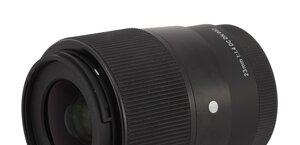Sony FE 200-600 mm f/5.6-6.3 G OSS
1. Introduction
In case of mirrorless cameras the forerunner was one – the Sony company. Already in 2019 they launched the FE 200-600 mm f/5.6-6.3 G OSS and it took Sigma three years to present their answer. In 2021 they showed the S 150-600 mm f/5-6.3 DG DN OS and one ana a half year later the S 60-600 mm f/4.5-6.3 DG DN OS. A while ago the Nikon joined this group, with their Nikkor Z 180-600 mm f/5.6-6.3 VR.
 |
Please Support UsIf you enjoy our reviews and articles, and you want us to continue our work please, support our website by donating through PayPal. The funds are going to be used for paying our editorial team, renting servers, and equipping our testing studio; only that way we will be able to continue providing you interesting content for free. |
- - - - - - - - - - - - - - - - - - - - - - - - - - - - - - - - - - - - - - - - - - - - - - - -
 |
I admit that the lack of the test of this lens was like obtrusive pricks of conscience, especially that this class has been developed quite vigorously. It's good to have a reference point in a form of a test of a lens that was a forerunner. I am very pleased to clear this particular backlog and I hope you'll enjoy the results.
You are also invited to get acquainted with our test procedure, described in the article "How do we test lenses?" If you feel it’s still not enough, please go to our FAQ section where you can find some further explanation.







